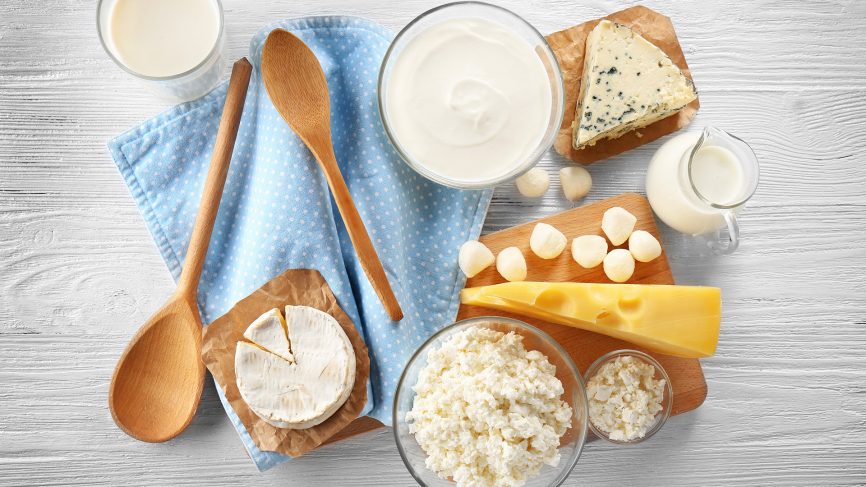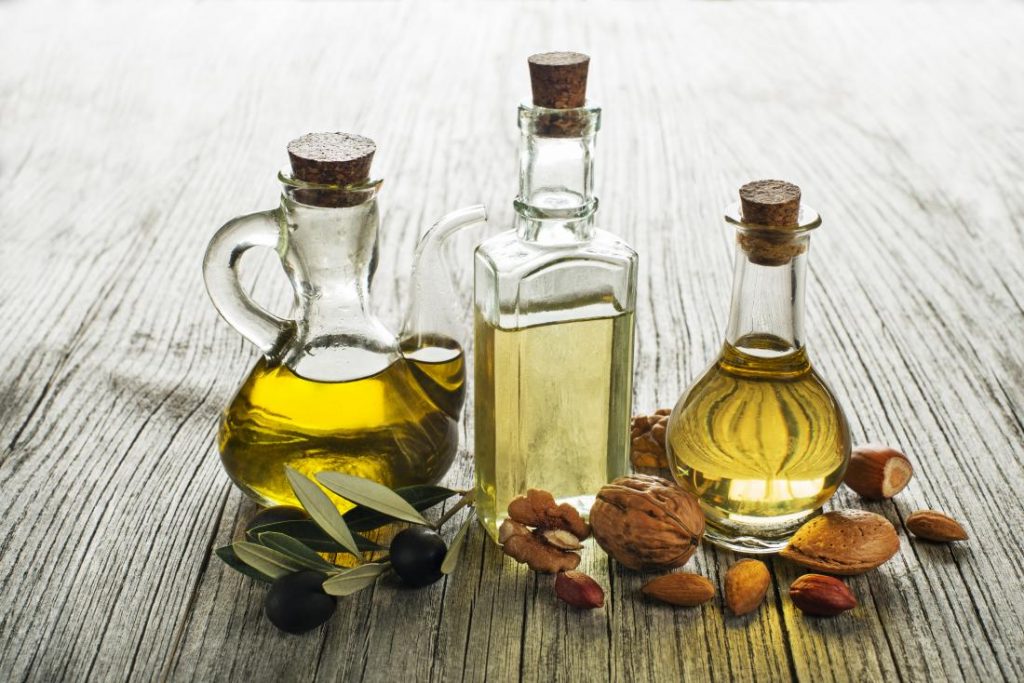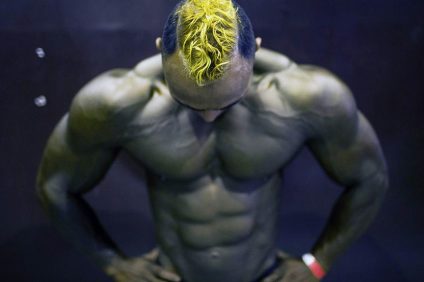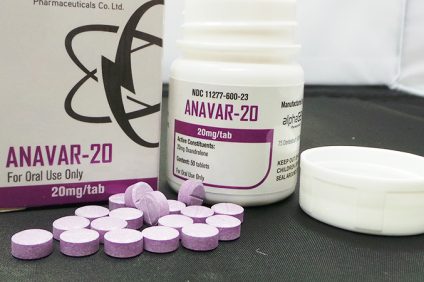Paleo diet – the refusal of semi-finished and modern food. What is the logic of this diet? List of allowed and prohibited products on paleo.
What is a paleo diet?
The paleo diet is a rejection of “modern” food products and the transition to traditional food by limiting convenience foods and other food produced at food processing plants. The name “Paleo” refers to the Paleolithic period, which lasted 2.5 million years and ended 13 thousand years BC. In fact, a paleodiet is an attempt to feed like a caveman.
The logic of the diet is based on the fact that most of the foods we are accustomed to (starting from chips, chocolate bars, sugar and white flour, ending with juices and exotic fruits) have appeared over the past hundred years. At the same time, scientific studies do confirm that refined carbohydrates violate not only the metabolism, but also the work of the brain.
List of permitted and prohibited products
Products strictly forbidden on the paleo diet include sugar in all its forms (table sugar, soft drinks, sweets), most types of modern grain crops (from wheat to rye), legumes (beans, lentils, soy) and various dairy products (from butter before cheese). In simple words, paleo allows only meat and vegetables to be consumed.
Such severe restrictions are due to the fact that all these products have not been grown for a long time, but literally produced. Modern wheat has little in common with the plant that was known 500 years ago, and modern cheese is not a product fermented by lactic acid bacteria, but the result of the distillation of milk fat.
Buckwheat, quinoa and other cereals
As we mentioned above, paleo diet does not allow the use of cereals and legumes, as well as brown rice. You should forget about corn, wheat and rye in all their manifestations (bread, pasta, pastries). Quinoa, buckwheat and buckwheat flour are also prohibited, because although these crops were cultivated by man not so long ago, they were substantially modernized.
Regarding white rice, the opinions of nutritionists and paleo experts differ. Most of them recommend completely discarding it, but some still allow the use of organically grown rice varieties “Basmati” or “Jasmine” in minimal quantities, referring to the fact that refined rice is just pure starch.

Dairy products: prohibited
Any milk, exactly like all sorts of dairy products in the form of butter, cheese, cottage cheese and yogurt is prohibited for use by those who adhere to the paliodia. The main reason is the presence of a strong allergen – lactose in dairy products. At the same time, soy milk is also not allowed, as soy is a legume.
May be interesting: Cutting diet plan: allowed and prohibited foods
Given the fact that most sports protein mixtures are made from whey, sports protein is also banned from paleo. Among other things, even egg protein is banned – it belongs to the category of products of aggressive industrial processing and may contain synthetic sweeteners.

Vegetables and fruits: mostly allowed
Despite the fact that paleo diet allows vegetables (including tomatoes, asparagus, spinach, broccoli, various peppers, cabbage, etc.) it is important to remember that legumes (beans, peas, peanuts) are prohibited. White potatoes are allowed on paleo, but only in moderate doses. Sweet potatoes (sweet potatoes) are most often allowed.
Paleo diet allows fresh fruit, but recommends using them in strictly limited quantities and exclusively before or after physical training to close the carbohydrate window. In addition, it is preferable to use not exotic fruits from distant tropical countries, but seasonal fruits grown in your region.

Nuts and vegetable oils: allowed
Paleo diet allows to use (and even welcomes!) Most of the list of nuts – almonds, cashews, walnuts and pine nuts, pumpkin seeds and sunflower seeds. Naturally, without roasting nuts in sugar syrup. At the same time, peanuts and any of its derivatives (for example, peanut paste) are strictly prohibited, since peanuts are typical legumes.
The oils of the above nuts are also recommended for use, as they contain a large amount of useful nutrients. Coconut and olive oil are allowed, but only virgin (cold pressed without processing) and organic production. Sunflower, rapeseed and soybean oils are prohibited as refined in bulk.

Meat and eggs: allowed
In theory, paleo allows for consumption of any meat, eggs, and seafood — beef, pork, lamb, chicken, sea and river fish, shrimp, and so on. It is required to refuse only meat semi-finished products (sausages, pate, sausages, crab sticks, etc.). However, only theoretically. In practice, paleo favors only meat from animals grown in the wild.
Unfortunately, modern cattle breeding widely uses corn forbidden on paleo diet as feed for cows, poultry and even salmon. The most harmful at the same time is the chicken breast favorite by athletes, literally stuffed with chemicals to accelerate the growth of chicken and preservatives to extend the presentation of the product.

Conclusion
The paleo diet, also called the “caveman’s diet,” allows for the consumption of fish, poultry, and meat (exclusively grass-fed), eggs, vegetables, fruits, mushrooms, and nuts. Fully prohibited any semi-finished products, grains, wheat flour and flour products, legumes, sugar, milk, dairy products and refined vegetable oils.





